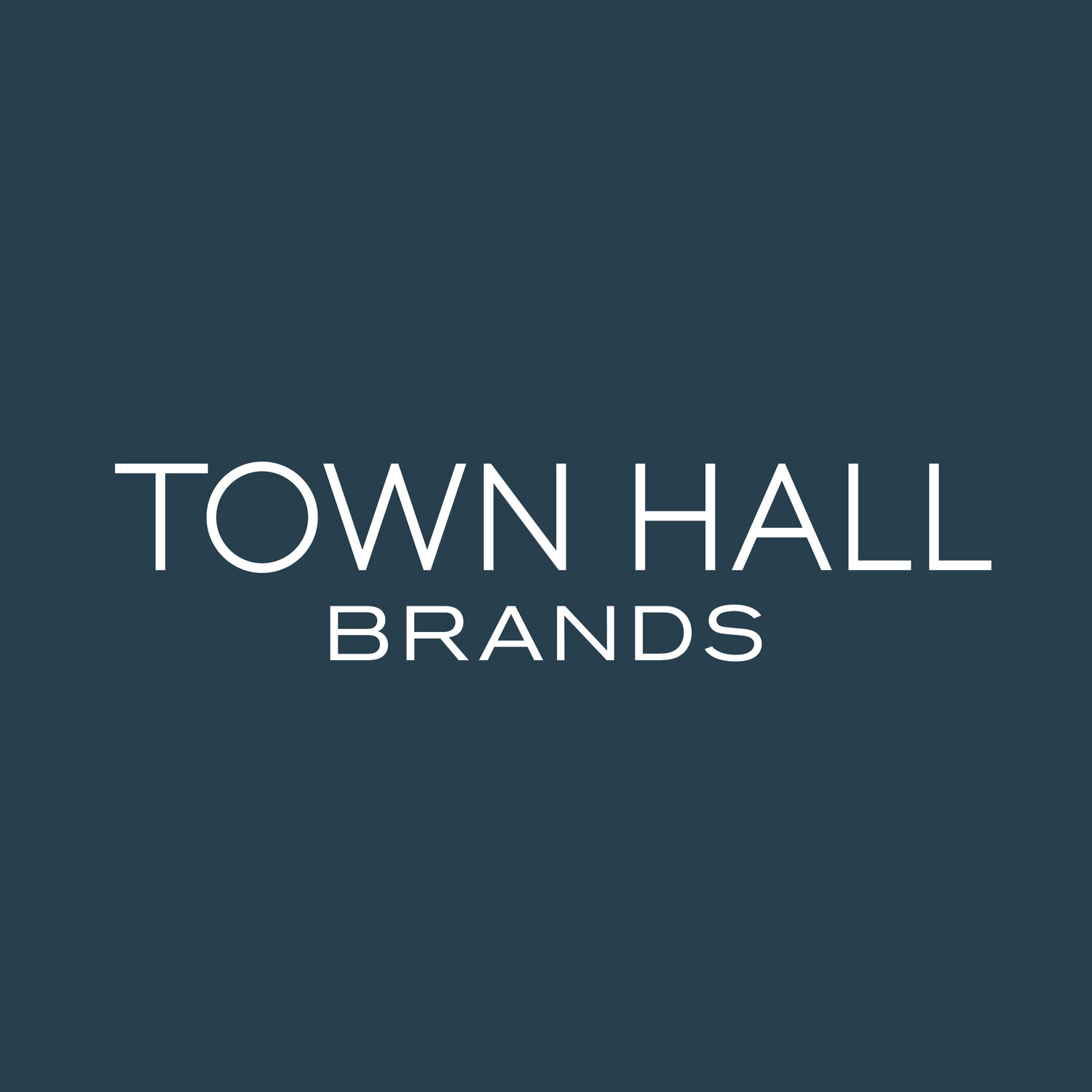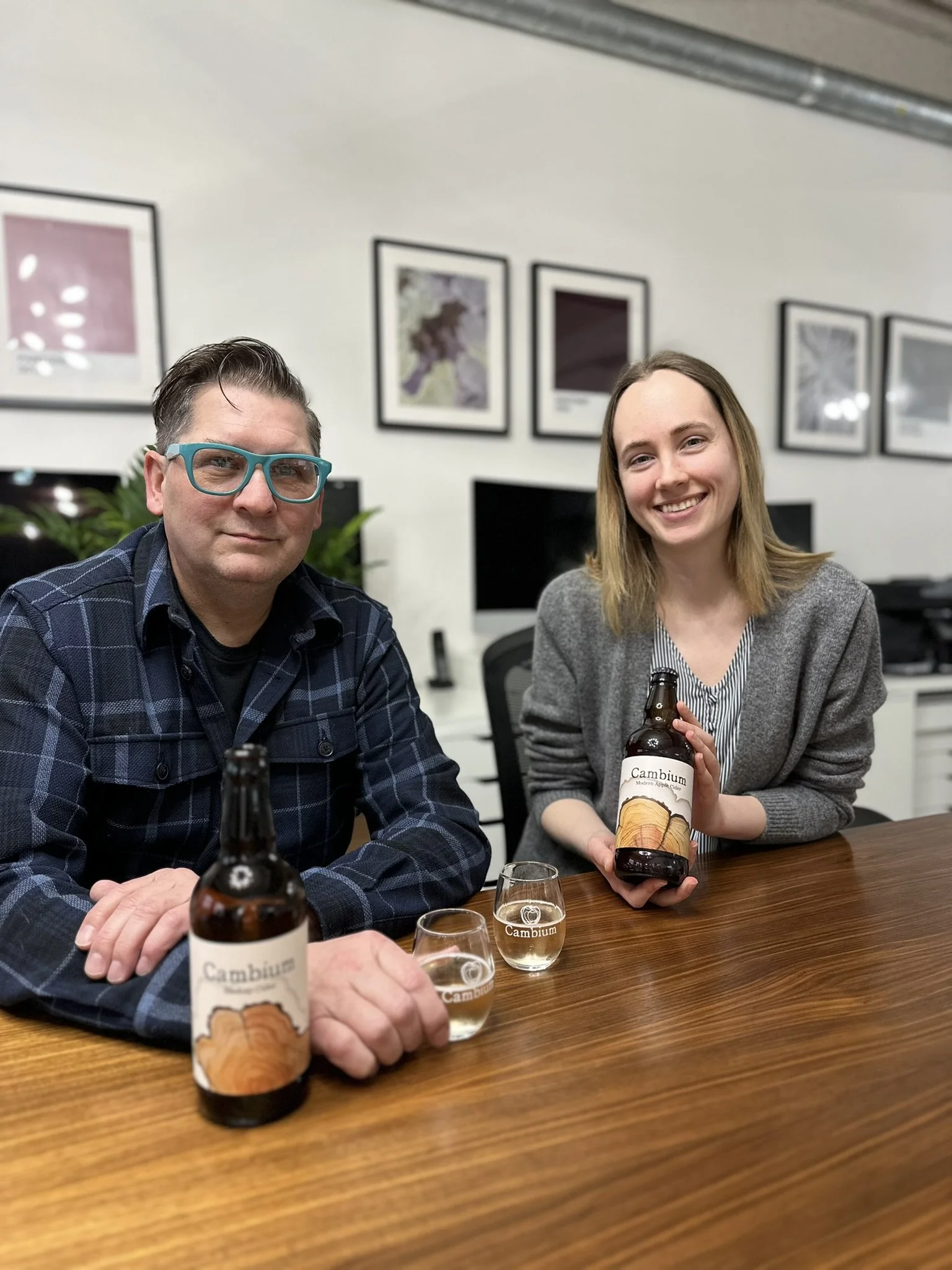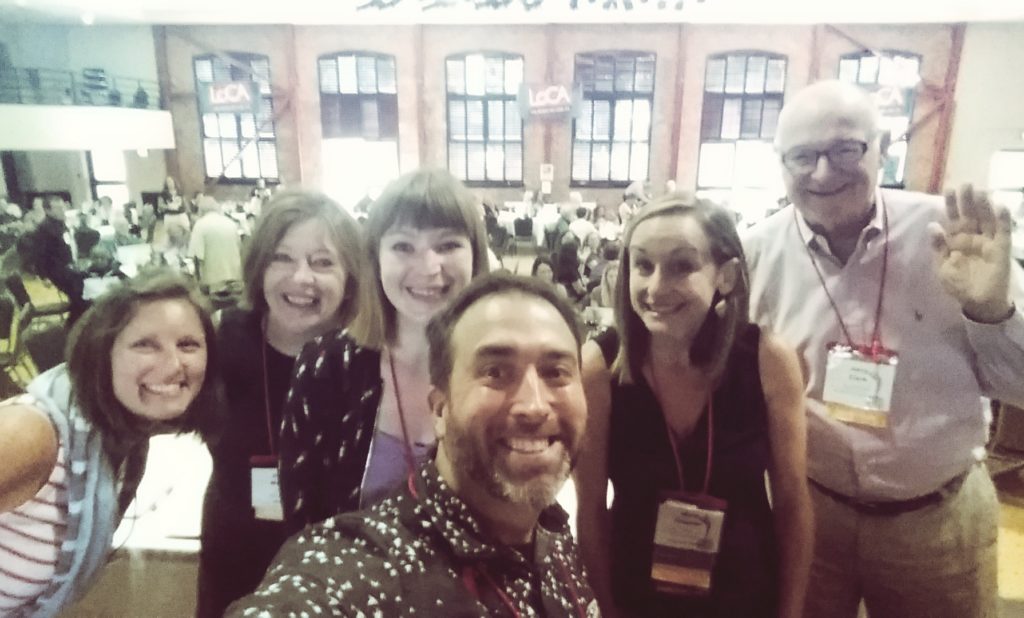By Sujinder Juneja We’ve said this many times before, including in a post directly following the 2015 event, but the Wine Bloggers Conference is more than just a conference, it’s a community. I’ll come back to this idea of “community” in a moment.
Leeann and I from Town Hall Brands attended the 2016 showcase in Lodi, California (August 11-14). This was my fourth conference in a row, and Leeann’s fifth. For the first time though, I was honoured to be asked by conference founder Allan Wright to moderate a panel discussion in front of an audience of 300 or so bloggers, journalists and other wine professionals. Gulp! Yes – I was thrilled to be asked and I was also nervous as heck. But more than that, I knew right away that I wanted to make it special, for both the audience and the panellists themselves.
My panel was a dream. I got to moderate the Panel of Wine Blog Award Winners, featuring five winners of the 2016 Wine Blog Awards. The awards have been in place since 2007 (the year before the first Wine Bloggers Conference), honouring excellence in online wine writing. This year’s panellists included Sophie Thorpe from Berry Bros. & Rudd, Mary Cressler from Vindulge, Jill Barth from l’Occasion, Susan Manfull from Provence Wine Zine, and Jerry Clark who received Best Blog Post of the Year.
Within my job in communications, yes, I do get to talk about wine and winemaking all day long, helping to celebrate the stories behind the labels of our passionate winery clients. But any success we have with the media comes down to the relationships and connections we build with the writers, editors, and producers that help share our client achievements. Within this panel and within the audience itself, I wanted to make sure to build that same connection and engagement.
First step: Google “how to moderate a panel.”
Check. This gave me the structure I needed to follow.
Second step: Arrange for some one-on-one time with each of the panellists in advance so that we could get to know each other better and to flesh out ideas for discussion.
Check. This, to me, was the most valuable part of the panel, as it connected us in a way that the audience could see, and that we could feel onstage. In each of our private discussions, we shared ideas, laughs and stories that solidified our personal connections, making us part of that community I mentioned earlier.
I will share that I was personally impressed and inspired by each of the very deserving award-winners, and what I was able to learn from each of them was a gift. Here are some of the gems that I took away from each of them:
Sophie Thorpe: Maybe it’s the Brit in me (my mom is from Reading, England) but I LOVE Sophie’s dry sense of humour, which you can see both on the BB&R blog and on her own, Raised on Champagne. She taught me the subtle excellence of opening the curtain to show the personality behind the writer, and how to let her readers know that they’re in on the joke, shared just between you and them.
Mary Cressler: Mary’s love of wine, photography, food and her family (not necessarily in that order) are infectious. The first time I saw Mary’s photos… the light, the texture, the delicious mouth water-inducing amazing-ness of her work, I knew that better was possible. It will take me some time to get even close to Mary’s talent, but she motivates me to try.
Jill Barth: Once you start reading her blog, L’Ocasion, you won’t stop until hours (maybe days) later. In fact, I whiled away about 45 minutes just prepping to write this little intro! Arguably, that is what made Jill a double award-winner this year: the ability to draw in her readers in such a way that they are sucked down this wine-filled rabbit hole of stories and adventures.
Susan Manfull: ‘P’ for Provence and ‘P’ for Passion. Susan has a heart of gold, which is easy to tell by speaking to her, or by reading her work. The tender care that she puts into each article is wonderful. Our first phone call could have gone on for hours, it was such a joy to speak to her.
Jerry Clark: One of my favourite pieces of wine writing, Jerry’s award-winning piece was evocative and emotional. He invited us into an intimate world, which all of us, including non-wine lovers, can relate to. His thrilling use of the written word remains incessantly inspiring.
Overall, the greatest thing I took away from these talented people is that a gifted wine writer, especially an award-winning wine blogger, is one that gives of themselves, that opens up in a personal way, revealing details not only about their subject - whether it be about a particular wine, an international travel adventure – but one who shares details about themselves. It is this, among many of the other things I learned above, that I hope to incorporate into my own blog when it launches this Fall.
See you in Sonoma at WBC17!
Disclosure: In exchange for a reduced rate to the Wine Bloggers Conference, attendees are required to write at least three blog posts about the conference either before, during or after.









